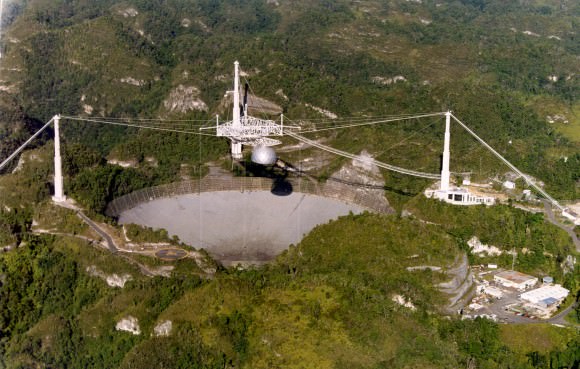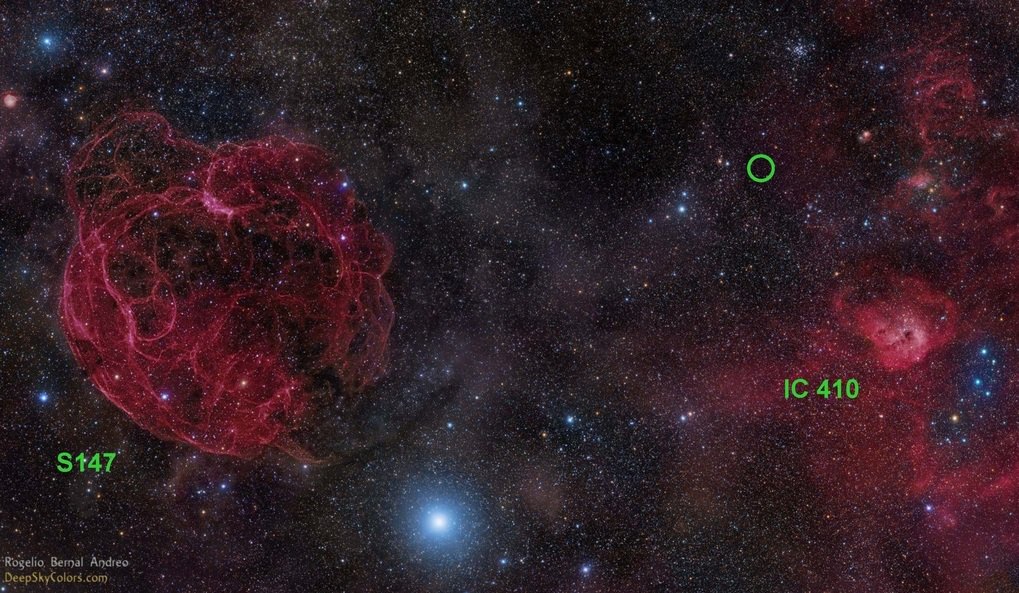Where are these radio bursts coming from? Astronomers have heard these signals from the sky several times, but always with the same telescope (Parkes Observatory in Australia). There was debate about whether these were coming from inside or outside the galaxy, or even from Earth itself (given only the one observatory was detecting them.)
A new study with a different telescope, the Arecibo Observatory in Puerto Rico, concludes that the bursts are from outside the galaxy. This is the first time one of these bursts have been found in the northern hemisphere of the sky.
“Our result is important because it eliminates any doubt that these radio bursts are truly of cosmic origin,” stated Victoria Kaspi, an astrophysics researcher at McGill University who participated in the research. “The radio waves show every sign of having come from far outside our galaxy – a really exciting prospect.”
Fast radio bursts are a flurry of radio waves that last a few thousandths of a second, and at any given minute there are only seven of these in the sky on average, according to the Max Planck Institute for Radio Astronomy. Their cause is unknown. They could be anything from black holes, to neutron stars coming together, to the magnetic field of pulsars (a type of neutron star) flaring up — or something else.

The pulse was found Nov. 2, 2012 in the constellation Auriga. Astronomers believe it is from quite far away from measuring its plasma dispersion, or the slowdown of radio waves as they crash into interstellar electrons. This particular source had triple the maximum dispersion than what would be found inside the galaxy, astronomers stated.
“The brightness and duration of this event, and the inferred rate at which these bursts occur, are all consistent with the properties of the bursts previously detected by the Parkes telescope in Australia,” stated Laura Spitler, who led the research. (She was at Cornell University when the study began, but is now at the Max Planck Institute for Radio Astronomy in Bonn, Germany.)
But other research has been back-and-forth on whether these are actually extragalactic bursts. One 2013 paper supposed it could be colliding neutron stars from far away, while another said it could instead be nearby stars flaring up.
The research was published in the Astrophysical Journal and is also available in preprint version on Arxiv.
Source: McGill University and the Max Planck Institute for Radio Astronomy

